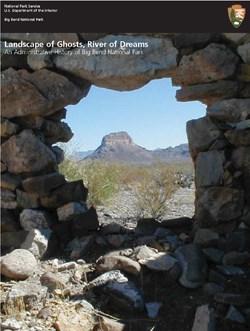|
The National Park Service has a fundamental responsibility for preserving and interpreting many of the Nation's most valued cultural and natural resources. Yet it also has a responsibility to preserve and analyze its own history. The Service has an obligation to maintain a thorough, accurate record of its policies, decisions, and activities in part because these things reflect how America chooses to preserve and present important remnants of its cultural and natural history. Administrative histories are a critical element if the Service is to record and preserve its own history. Current policies and decisions cannot be formulated properly without reference to past experience. Service managers and staff increasingly seek to learn more about their own parks. By learning more about problems their predecessors faced, managers at all levels can be better informed about contemporary issues and bring greater awareness to their policy and program decisions. Administrative histories are the most effective way to convey this knowledge. They relate how particular parks and functions of the Service originated and how they evolved. Although many are of wider interest, their primary audience is Park Service personnel. In this context, “administrative history” is used broadly to cover movements leading to park establishment, legislative background, and other contributing developments beyond administration in the strict sense. 
Landscape of Ghosts, River of Dreams: An Administrative History of Big Bend National Park (2002) |
Last updated: August 17, 2018
